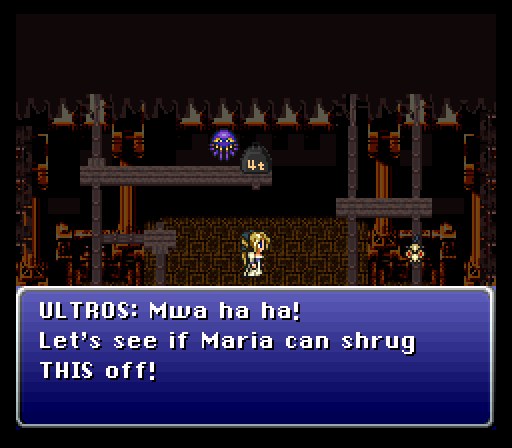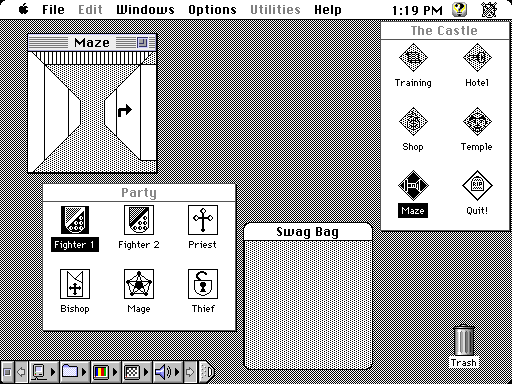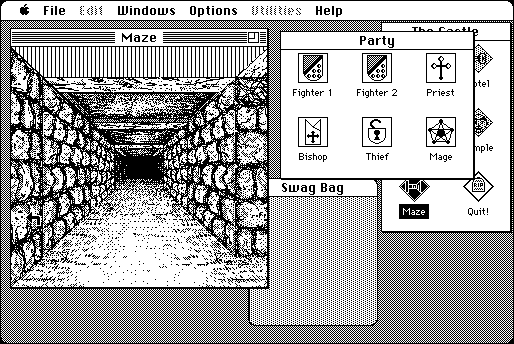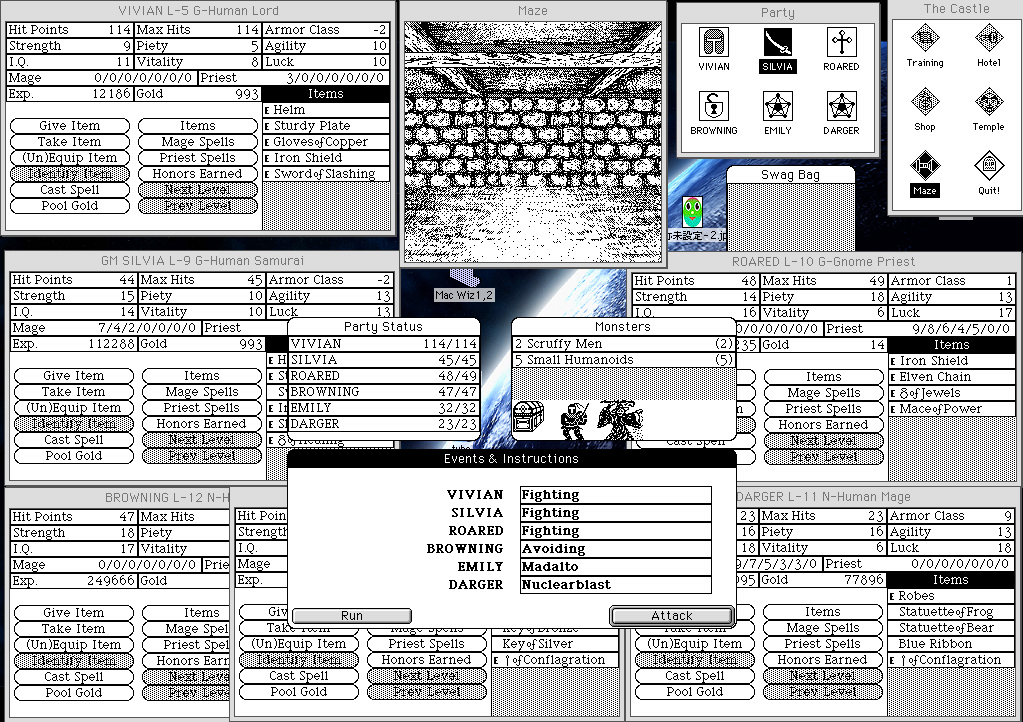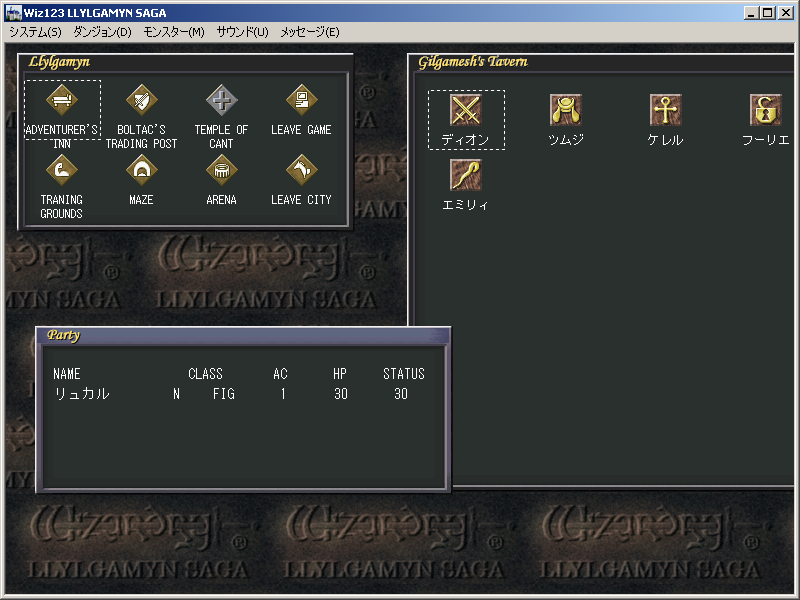A couple of years back, Marc Robledo released a colorization patch for Mega Man 5 for Game Boy. Since then he's released similar hacks for 3 and 4, and together with SpecialAgentApe's hacks of the first two games, that means all 5 are now available in color:
- Mega Man World GBC Edition
- Mega Man World 2 GBC Edition
- Mega Man World 3 DX
- Mega Man World 4 DX
- Mega Man World 5 DX
I figured now would be a good time to play back through the series. I feel like these games get a bad rap (except for 5, which everybody agrees is the good one) and I remember them not being nearly as bad as their reputation. I was curious to see if I still felt the same way or if the critics were right.
So I replayed the first two and it's a little of both — their shortcomings are more obvious to me than they were when I was playing them on an old DMG, but on the other hand I think they're above average for Game Boy platformers of their vintage. The first game is the better of the two, but the second has more interesting ideas that would pay off in later sequels (and in at least one case eventually make it into the console games).
Mega Man World GBC Edition
First, the bad: the game is only six levels, and about half of them are boring. There's not a lot of variety to the enemies, either; hope you like Suzy, because you're going to be seeing a fuck of a lot of her.
But. It feels like a Mega Man game.
I don't know if I'm overrating basic competence or if the critics are underrating it, but this game manages to do a lot of little things right: it's got full-size NES sprites but the smaller screen doesn't feel cramped. The rooms sacrifice a substantial amount of vertical space but still feel like there's enough room to move, and when enemies scroll onscreen horizontally you always have time to react to their appearance. The physics and hit detection all feel right. It may sound like I'm damning the game with faint praise, but it's pretty striking how many Game Boy platformers, especially Game Boy adaptations of console platformers, get these very basic things wrong. (Hell, even Super Mario Land 2, one of the best games on the system, has physics that feel a little off for a Mario game.)
The music is great; it's mostly remixes of the original tunes from the NES games, but they're reproduced well on the Game Boy sound chip.
The sound effects don't fare as well; everything's weirdly high-pitched. I know the Game Boy has a different sound chip than the NES and it wouldn't be possible to reproduce the sounds exactly, but it's certainly possible to do it better than this — and we know that for a fact because 3, 4, and 5 do.
People frequently describe these games as being made up of levels from the NES games, but that's really not accurate — sure, you've got Cut Man, Elec Man, Ice Man, and Fire Man, and their stages look roughly similar to the NES versions, but they're not the same levels. There are definitely sections that feel like they're copied from the first NES game and reworked into a more compact form, but there's also stuff from later games, or stuff that's entirely new. It doesn't all work — like I said, about half the stages are downright boring — but it's not bad.
The final stage is the best; it's longer and it's tricky (I admit to using save states liberally) but it's tricky in a way that's consistent with the rules of other Mega Man games. Yes, there are times you jump down a pit and there are spikes at the bottom, but if you've played a Mega Man game before you know that trick and you have a pretty good idea where they're going to be and how to avoid them. There are disappearing blocks with tricky timing where you have to jump at exactly the right split-second or you'll die, but the game lets you watch the pattern before you start. Decisions like that show a level of polish that I don't think these games usually get credit for.
The structure of the game is interesting even if it doesn't entirely work. It includes four Robot Masters from the original Mega Man on NES (Cut Man, Elec Man, Ice Man, and Fire Man) and then, when you get to the teleporters in Dr. Wily's castle, instead of re-fighting the same bosses from before as in the NES games, there are four from Mega Man 2 (Flash Man, Quick Man, Bubble Man, and Heat Man) and finally a new boss (Enker) who, like the other eight Robot Masters, gives you a weapon when you defeat him. The formula is a little raw here — getting 5 new weapons in a row right before moving on to the last level in the game doesn't exactly give you much chance to use them — but it's a promising start that gets greatly refined in the sequels.
Anyway, I think Mega Man World (or Dr. Wily's Revenge if you're nasty) is better than its reputation and if you're a Mega Man fan it's worth a look, particularly in this new color iteration. And if you don't want to play through it yourself, here's a YouTube video of somebody named NintendoComplete doing it:
Mega Man World 2 GBC Edition
This one's widely regarded as the worst of the series, and on replaying it I think that's probably about right. But it has a lot of interesting ideas that are developed later in better games.
Most notably, where the first game had teleporters leading to another set of Robot Masters, the second one has teleporters leading to an entire second set of stages. The third game would dispense with the teleporter gimmick and just give you a second level select screen; splitting up the eight Robot Masters into two sets of four would eventually make its way into the console games.
Another interesting idea that doesn't quite work: where the first game's soundtrack was largely made up of remixes of the tunes from the NES games, the second game's is largely original — each stage will take the first couple of bars of the NES version but then launch into an original tune from there. It's a neat idea; the biggest problem is that none of them are anywhere near as good as the originals.
In fact the entire soundtrack has this kind of grating, tinny sound to it. There's a hack by forple that improves it and pitches everything lower, and SecretAgentApe's colorization hack includes the audio mod as an option on the start screen. I think it sounds good; my one gripe is that the sound effects frequently sound clipped. YMMV; I played it on an Analogue Pocket and I don't hear the same problem in this video of Amy Rose Longplays playing it on an emulator:
Mega Man World 2 improves on the previous game in some significant ways, including much more enemy variety. But I feel like the whole is less than the sum of its parts. The stages are more diverse than in the previous game, and they manage to fit some of the more striking setpieces from the NES games in, like the giant wolf on Wood Man's stage and the giant cat on Top Man's. It doesn't feel as sparse or repetitive as the last game. But the stage design isn't as considered, either. It's too easy (I used save states on the final level but probably needn't have bothered; the last boss is easy to beat with your basic P-shooter and while he hits hard, I only had to use one energy tank out of my full count of four). And while the second round of stages should hypothetically mean a better balance of weapons to use, in practice the devs make some pretty dumb decisions on which Mega Man 2 weapons do or don't work on which Mega Man 3 enemies — why in the hell doesn't the Air Shooter work on the monkey guys in Hard Man's stage? Where the first game did what it could within some strict limitations, the second game feels like it has a lot more tools to work with but doesn't quite know what to do with them.
Anyway, that's the first two Mega Man games for Game Boy and, more specifically, the color hacks by SpecialAgentApe. I'm hoping to give Marc Robledo's color hacks for 3 and 4 a shot (and maybe replay his 5, which I played through on release but which has been revised since). If I have anything to say about them later, maybe I'll share here.

